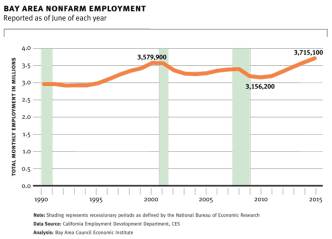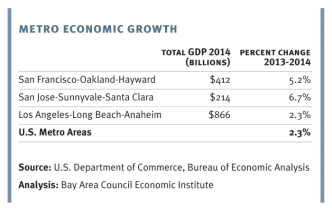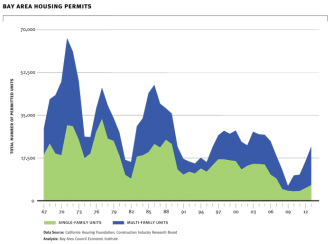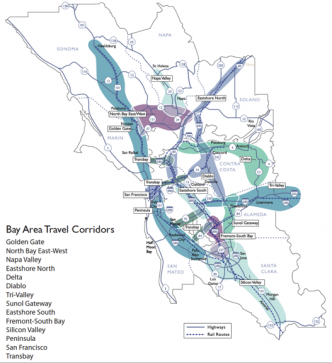There were many substantive contributors to this project.
Report Writing Staff
Acknowledgements
Linda Galliher (Former Bay Area Council Vice President) and Brianne Riley (Bay Area Council Policy Associate) contributed to the workforce development recommendations. Economic Institute Interns Carolyn Garrett and Duke Butterfield III provided valuable research assistance. Rufus Jeffris (Bay Area Council Vice President, Communications) provided critical writing and editorial input. Micah Weinberg (Economic Institute President) provided valuable feedback on the development of the report.








